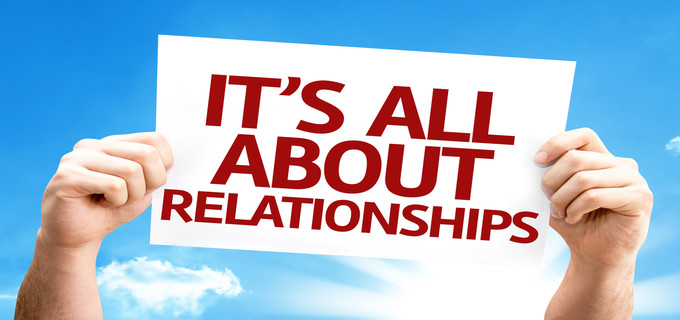There are two main fundraising models institutions utilize.
Transactional fundraising and relationship fundraising. Although fundraisers say they want to build lifelong relationships, many fall into the trap of the transactional fundraising model. Can your current fundraising practices pass the pressure test for Relationship Fundraising?
What is the difference between Transactional Fundraising and Relationship Fundraising?
With a transactional fundraising model, you are focused on one thing, bringing in the gift. While that is the end result you achieve, it hurts your efforts in the long run.
Institutions often begin to think in transactional terms, concentrating on dollars raised. When this happens your donors tend to be less engaged.
Transactional fundraising is limiting because the focus in on soliciting a single donation and then providing a routine stewardship report.
Relationship fundraising focuses on realizing the lifetime value that donors can bring to the institution. It is a partnership where together you forge a plan that realizes the donors philanthropy goals for making a difference. Interactions are not a checklist to complete but are rooted in knowing the donor and building relationships that matter.
Wouldn’t it be amazing for your donors to be happy to meet with you or better yet, initiate the meeting because they have an idea they would like to brainstorm with you?
While it is easy to say you want to focus on relationship fundraising the reality is it can be difficult to achieve without a well thought out strategic plan along with business practices and metrics that effectively execute on the plan.
Let’s see if your current fundraising practices pass the pressure test for Relationship Fundraising:
FOCUS
- Are your intentions and objectives of relationship fundraising clearly stated and communicated throughout the organization?
- Do you reward behavior for building relationships or simply meeting revenue goals? Take a look at your metrics, what are they measuring?
ALIGNMENT
- Do you have a blueprint or plan on how to conduct business in order to achieve your goals and foster relationship fundraising? If not, then everyone is doing things their own way and there is no consistency throughout the organization.
OPTIMIZATION
Every process is optimized for something, success happens when your process is optimized for your established goals. In this case your goal is a lifelong relationship with your donors and supporters.
- Are your processes donor-centric – optimized to easily engage donors and support their philanthropic goals? Or, are they optimized to accommodate internal practices and business rules that your donor would never understand?
Did you pass the test?….Don’t worry, here are some quick tips to jump start your transition to Relationship Fundraising.
Focus on the following 3 areas – people, processes, and tools.
PEOPLE
- Establish organizational values that you are committed to and establish the type of working environment where relationships can flourish. This should be simple one or 2 word phrases – empathy, collaboration, excellence. Every aspect of your staffing – recruiting, training, career growth plans, performance evaluation, rewards, should reflect these values.
- Invest in your staff’s professional growth, their conversations and idea exchange should be beyond your four walls
- Take performance evaluations seriously – they should be completed yearly, a concrete comparison between established goals and actual results, and provide authentic feedback
PROCESSES
- If you have a business process that continually frustrates your donors, stop ignoring it and make an effort to improve it.
- Review the feedback that you have received from donors and try to formulate the following statement…”Our donors would be happy if we consistently provide [fill in the blank]”.
- Evaluate your current practices and identify what is stopping your from reaching this happy place with your donors.
TOOLS
- Can you really pull off relationship fundraising with your current fundraising system? If the answer is no, then start building a case for a new fundraising system immediately.
If you would like more guidance on how to jump start your transition to Relationship Fundraising, schedule a free strategy session with me at 424.206.5379 or [email protected].
 Mario Houston leverages over 20 years in business development and consulting experience to help front line fundraisers and management leverage their CRM technology platforms to meet or exceed fundraising goals. Mario specializes in prospect management, pipeline expansion, and fundraising performance metrics. Front line fundraisers quickly gravitate to Mario as a trusted advisor because he has first hand experience of their day-to-day struggles and offers strategies for getting breakthrough results.
Mario Houston leverages over 20 years in business development and consulting experience to help front line fundraisers and management leverage their CRM technology platforms to meet or exceed fundraising goals. Mario specializes in prospect management, pipeline expansion, and fundraising performance metrics. Front line fundraisers quickly gravitate to Mario as a trusted advisor because he has first hand experience of their day-to-day struggles and offers strategies for getting breakthrough results.

